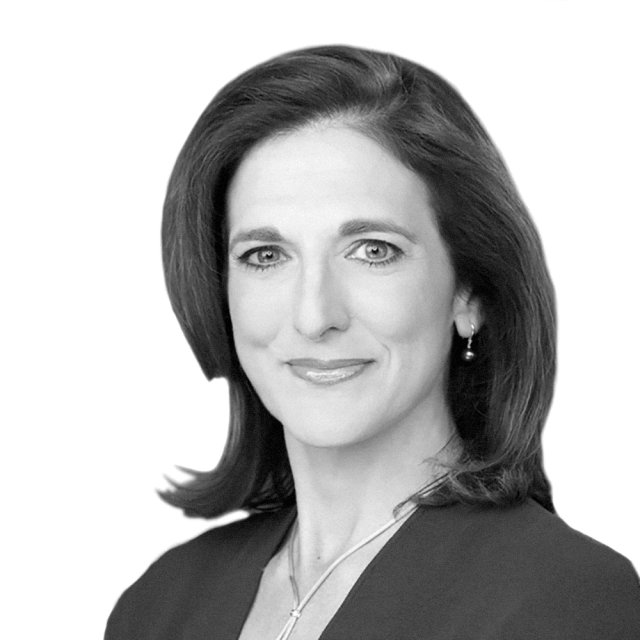The Easiest Way to Ask for a Raise (and Get It)
Wage gains have been the missing piece during the employment recovery. Although the job creation was strong last year -- 2.65 million positions were created -- wage growth bounced between 2% and 2.5% gains. One reason that pay has been slow to increase has to do with a particular quirk of the most recent recession, according to the Federal Reserve Bank of San Francisco.
In the past, companies tended to cut wages during a recession and then raise them during a subsequent upturn. But more recently, Corporate America has minimized wage cuts during a recession and instead let workers go to keep remaining workers happy. But because companies kept wages intact during the downturn, the regional bank found, wage growth has been slower overall in this recovery.
Still, 2016 could be a great year to snag that long-elusive raise. Staffing firm Robert Half predicts white-collar workers will get the biggest pay boost in eight years as employers compete for the best and brightest in America.
Read More: How to Get a Big Raise Now
You won't get anywhere without asking, but here is one idea to make the process a bit easier.
When trying to increase your compensation, researchers at Columbia Business School have found that the best strategy is to use a range, rather than a single number, as a target. If you wanted a $100,000 salary, for instance, you’d suggest a $100,000 to $120,000 salary range.
In a series of experiments, the researchers found that these higher ranges frequently led to higher salaries for a simple reason: The employer is unlikely to go below or even the bottom end of your range. The key is to set a fairly ambitious number at the bottom end, equivalent to the one you would have used as a single dollar offer, and not worry as much about the higher number as the top of the range.
Just be careful not to set the range too wide. The most successful ranges featured numbers that were within 20% of each other.
